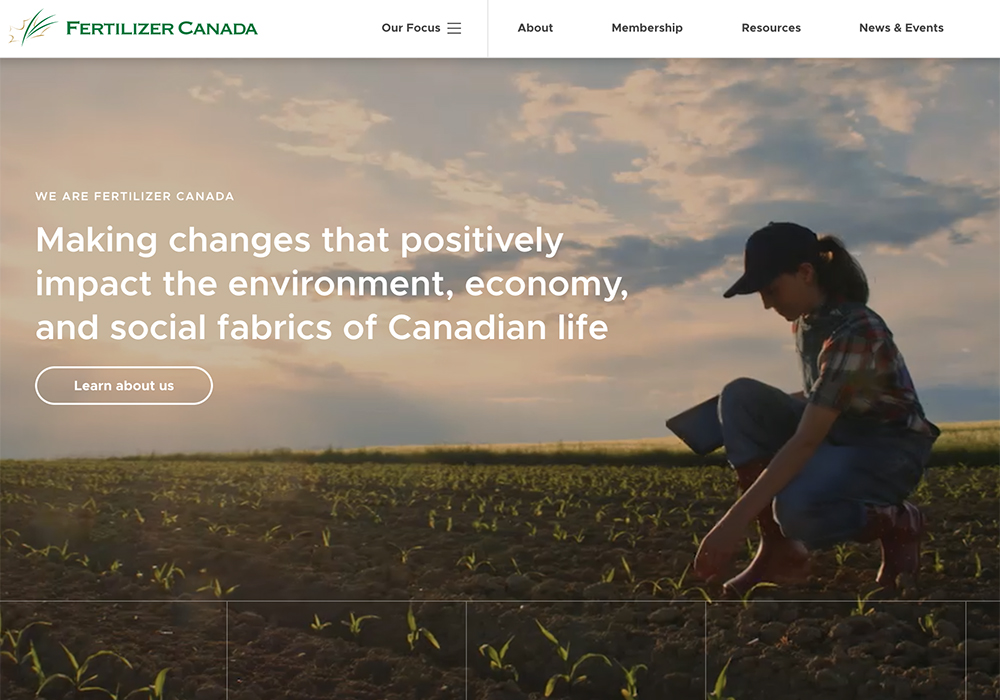Fertilizer Canada is well on its way to achieving its goal of having 15 million acres under the 4R Nutrient Stewardship program by 2025.
The voluntary program reported almost four million verified acres in 2020. That is out of a total of 87.8 million acres of Canadian cropland.
“2020 was a banner year for 4R Nutrient stewardship in Canada,” Brian Mark, chair of Fertilizer Canada, said in a news release.
“The industry stepped up our efforts for implementation of the 4R designation and certification programs and it paid off.”
Read Also

Farmers urged to be grain-safe this fall
Working around grain bins comes with risk, from farmers falling to drowning in grain: Experts have five tips to help avoid grain-related accidents this harvest.
Western Canada operates under a 4R designation system where certified crop advisers working for various crop input retailers review fertilization plans submitted by farmers to see if they comply with the 4R principles.
Those principles are based on using the right source of fertilizer at the right rate at the right time and right place.
If the plan meets the 4R criteria it is reported to Fertilizer Canada.
“We get aggregate reports from the retailers with no information about the specific farms,” said Clyde Graham, executive vice-president of Fertilizer Canada.
Ontario operates under a more rigorous 4R certification program where agri-retailers are certified and audited by a third party.
Fertilizer Canada has been working on the program since 2006 but it is just now really starting to take off. It expects 2021 to be a “ground-breaking” year for the program.
That is because the association’s 45 member companies have made formal commitments to support and promote the program within their various organizations.
The program is also gaining traction with governments and other organizations.
Saskatchewan has set a target of 25 percent of crop acres under 4R management by 2025, while the Canola Council of Canada’s goal is to have 90 percent of canola acres under the program by the same year.
The 4R program has also been incorporated into the controversial proposed Responsible Grain Code of Practice.
Those are some of the reasons why Graham feels momentum is building.
“It’s kind of like an overnight success story that’s 14 years old,” he said.
He noted that change in agriculture can often be slow. It took a long time for growers to adopt zero-till practices, but now it is prevalent across Western Canada.
Sustainability has become an important selling feature for agricultural products in some key markets and the efficient use of fertilizer is one way for Canada to promote that attribute.
“The good thing about the program is that almost always what makes sense economically, which is to use fertilizer very efficiently, is also good for the environment,” said Graham.
















